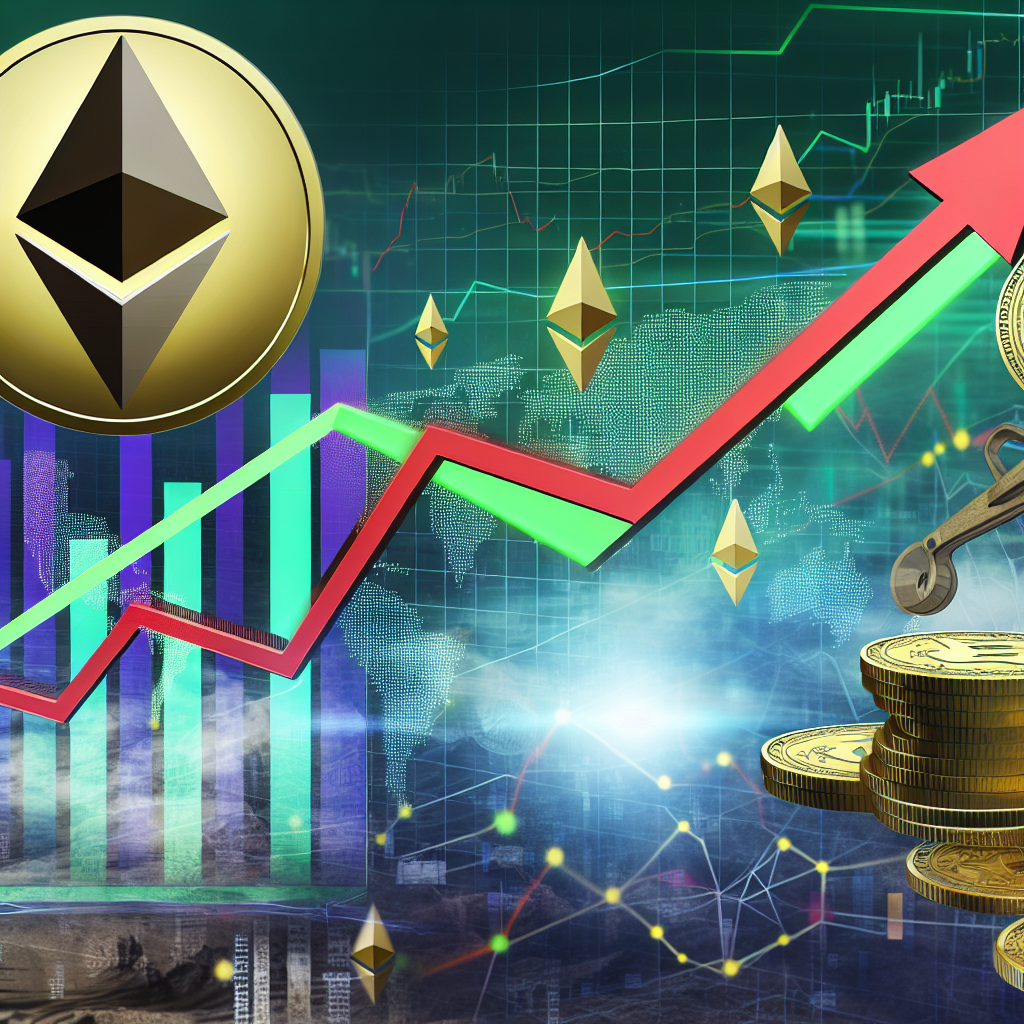Key takeaways:
ETH’s perpetual contract distortions are diminishing, with monthly futures indicating neutral conditions and decreased short-term market anxiety.
Options markets reveal balanced interest in both bullish and bearish strategies, signifying a robust derivatives landscape.
ETH outperformed many altcoins during the downturn and in the subsequent 48 hours, underscoring its relative strength and bullish trajectory.
Ether (ETH) price recovered to the $4,100 mark on Sunday, somewhat alleviating the impact of Friday’s abrupt 20.7% flash crash. The $3.82 billion in leveraged long liquidations has left a significant imprint on ETH derivatives markets, but four factors imply that Ether’s recovery from the $3,750 support may signal the end of this short-term correction.
The funding rate on ETH perpetual futures dropped to -14%, indicating that short (bearish) traders are paying to maintain their positions, an unsustainable scenario over extended periods. This atypical condition likely mirrors mounting fears that specific market makers or exchanges could be facing solvency challenges. Regardless of the legitimacy of these concerns, traders are likely to exercise increased caution until confidence is fully restored.
ETH derivatives indicate a return to normalcy amid marketwide uncertainty
Uncertainty lingers regarding whether exchanges will compensate clients for management issues related to cross-collateral margin and oracle pricing. Binance has thus far announced $283 million in reimbursement and mentioned that other situations are still under review.
Traders are expected to remain wary until a comprehensive analysis has been provided. Wrapped tokens and synthetic stablecoins saw the steepest losses in parity, causing traders’ margins to plummet by up to 50% in mere moments.
ETH monthly futures managed to absorb the initial shock in under two hours, quickly regaining the minimum 5% premium necessary for a neutral market. Hence, the lack of demand for leveraged long positions in perpetual contracts likely reflects poor product design rather than strong bearish sentiment.
This distortion in the derivatives market could persist until market makers restore their confidence, a process that might take weeks or even months, and should not be interpreted as a bearish signal for ETH’s momentum.
Ether options markets on Deribit exhibited no signs of stress or unusual demand for bearish strategies. Trading activity over the weekend remained stable, with put (sell) options slightly trailing call (buy) options, indicating a balanced and healthy market.
This information alleviates worries about a coordinated cryptocurrency market collapse. A significant increase in options volume would likely have been seen if traders were bracing for a major price decline. Therefore, whatever triggered the tumultuous liquidations and instability in ETH derivatives markets took traders by surprise.
ETH historical performance, spot ETFs, and derivatives outpace competitors
Notably, several major altcoins faced intraday corrections significantly deeper than Ether’s 20.7%, including severe declines of SUI (SUI) at 84%, Avalanche (AVAX) at 70%, and Cardano (ADA) down 66%. Ether has dropped 5% in the last 48 hours, while most competitors linger around 10% below their pre-crash levels.
Related: Explanations of USDe ‘depeg’ on Binance focus on coordinated attack, oracles
Ether’s separation from the larger altcoin market underscores the strength stemming from its $23.5 billion in spot exchange-traded funds and $15.5 billion in open interest on options markets. Even as Solana (SOL) and other rivals enter the spot ETF arena, Ether’s established network effects and durability in volatile times solidify its position as the leading altcoin for institutional investors.
Ether’s outlook remains strong as confidence in derivatives structures slowly returns, paving the way for a potential recovery toward the $4,500 resistance level.
This article is for general information purposes and is not intended to be and should not be taken as legal or investment advice. The views, thoughts, and opinions expressed here are the author’s alone and do not necessarily reflect or represent the views and opinions of Cointelegraph.

